Tyrosine Kinase
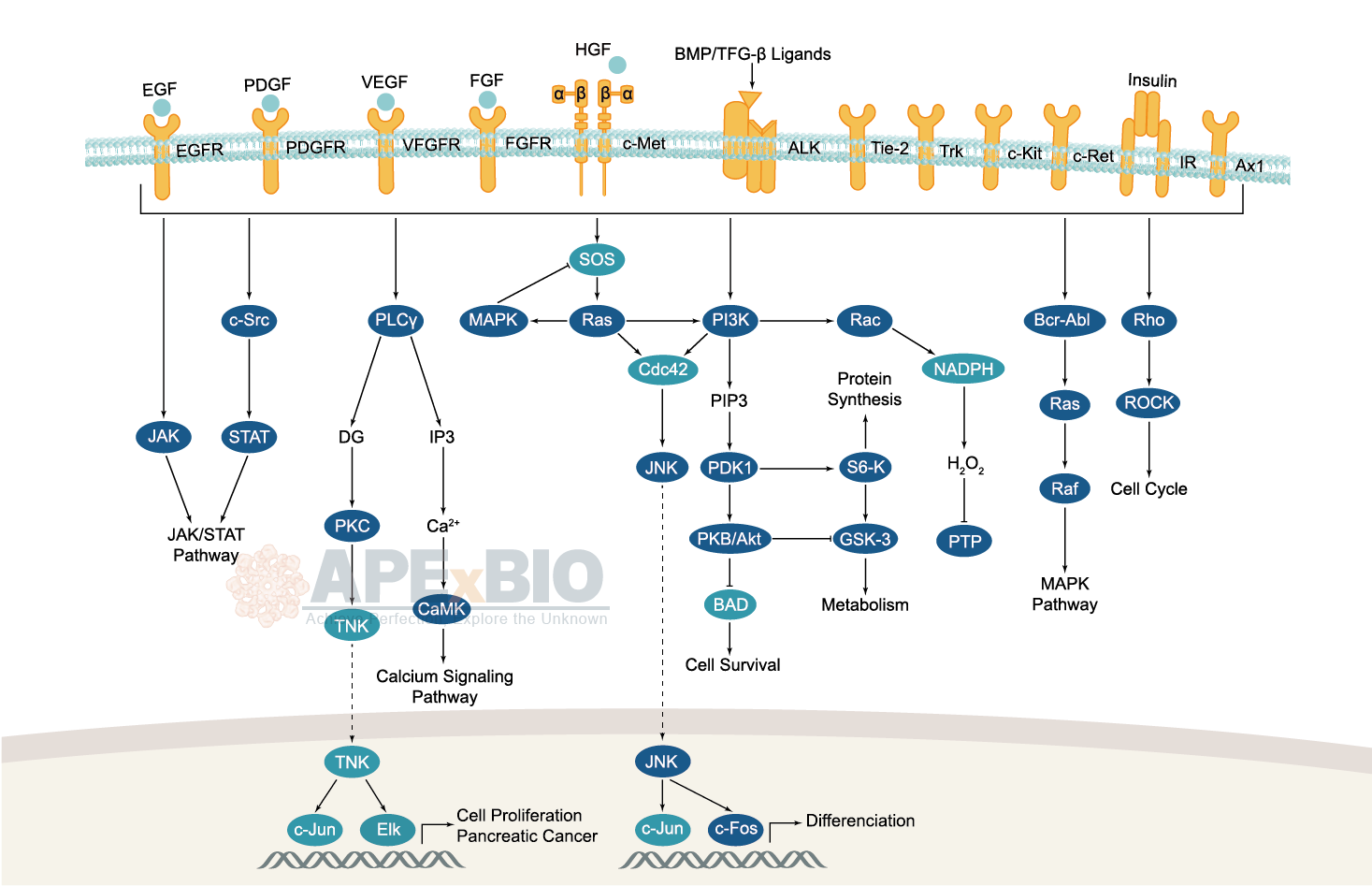
Receptor tyrosine kinases bind to extracellular ligands/growth factors, which promotes receptor dimerization and autophosphorylation of receptor tyrosine residues. This triggers a cascade of downstream events through phosphorylation of intracellular proteins that ultimately transduce the extracellular signal to the nucleus, causing changes in gene expression. Receptor tyrosine kinases include EGFR/ErbB, PDGFR, VEGFR, FGFR and MET subfamilies etc. Dysfunctions in tyrosine phosphorylation are linked to oncogenic transformation. In additions, various adaptor and effector proteins couple to carboxy-terminal of an active kinase. For instance, binding of the GRB2 adaptor protein activates EGFR and MAPK/ERK signaling.
Non-receptor tyrosine kinases involve many well-defined proteins (e.g. the Src family kinases, c-Abl, and Jak kinases) and other kinases which regulates cell growth and differentiation. For example, Src family kinases are curial for activating and inhibitory pathways in the innate immune response.
-
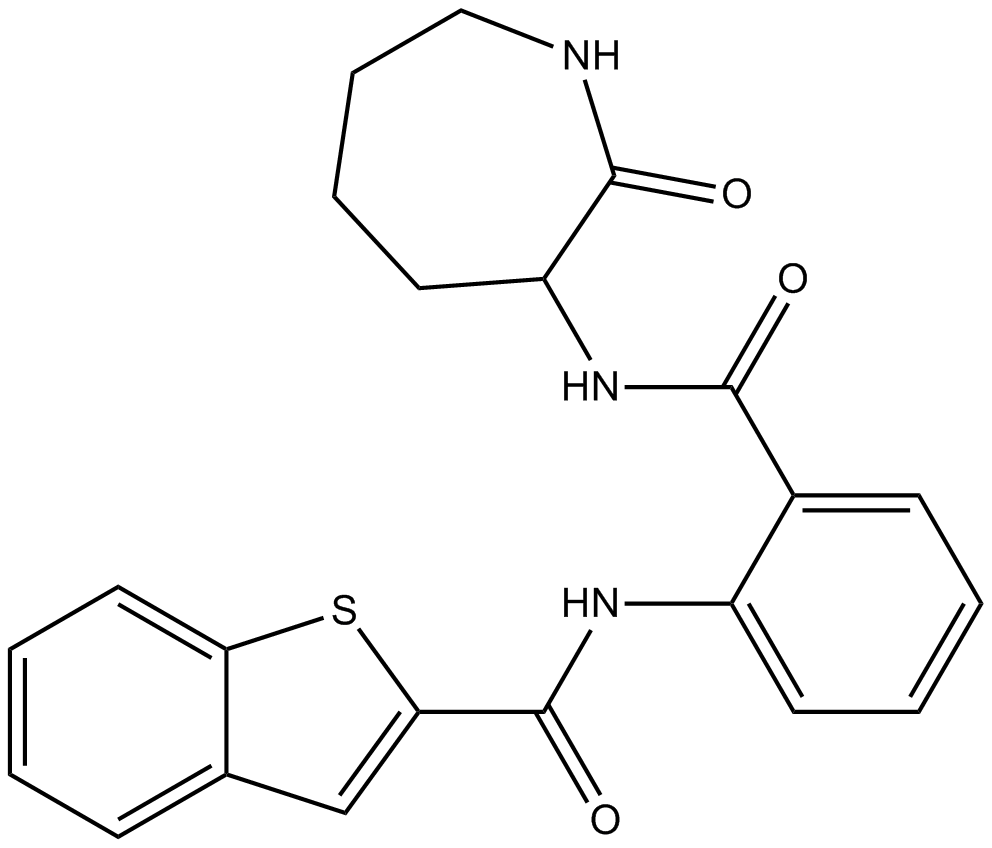 B5712 ANA 121 CitationTarget: Trk ReceptorsSummary: TrkB receptor antagonist
B5712 ANA 121 CitationTarget: Trk ReceptorsSummary: TrkB receptor antagonist -
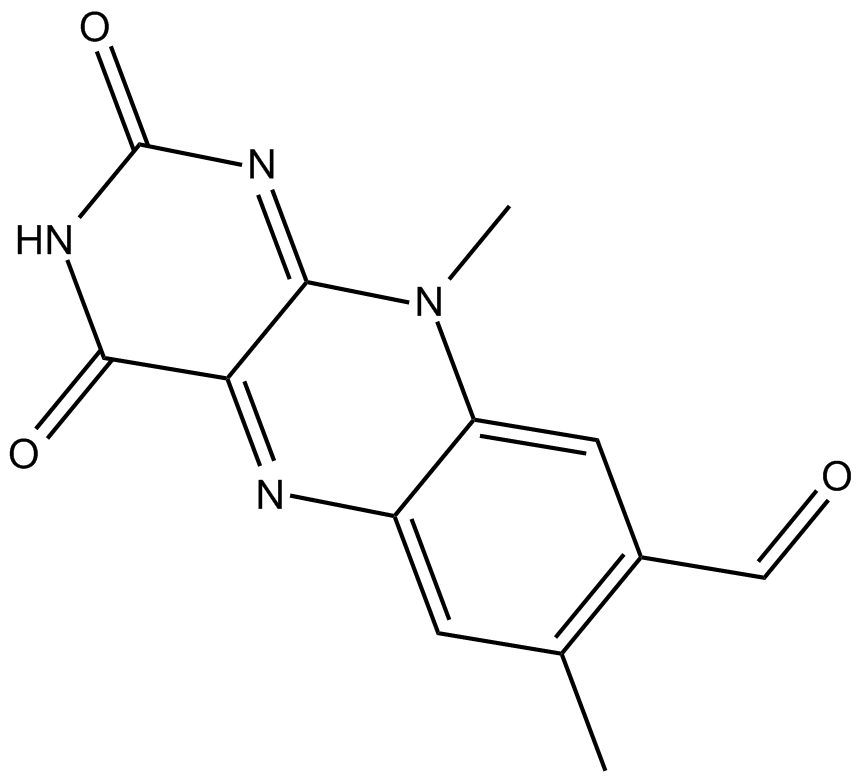 B6996 Ro 08-2750Summary: antagonist of nerve growth factor (NGF)
B6996 Ro 08-2750Summary: antagonist of nerve growth factor (NGF) -
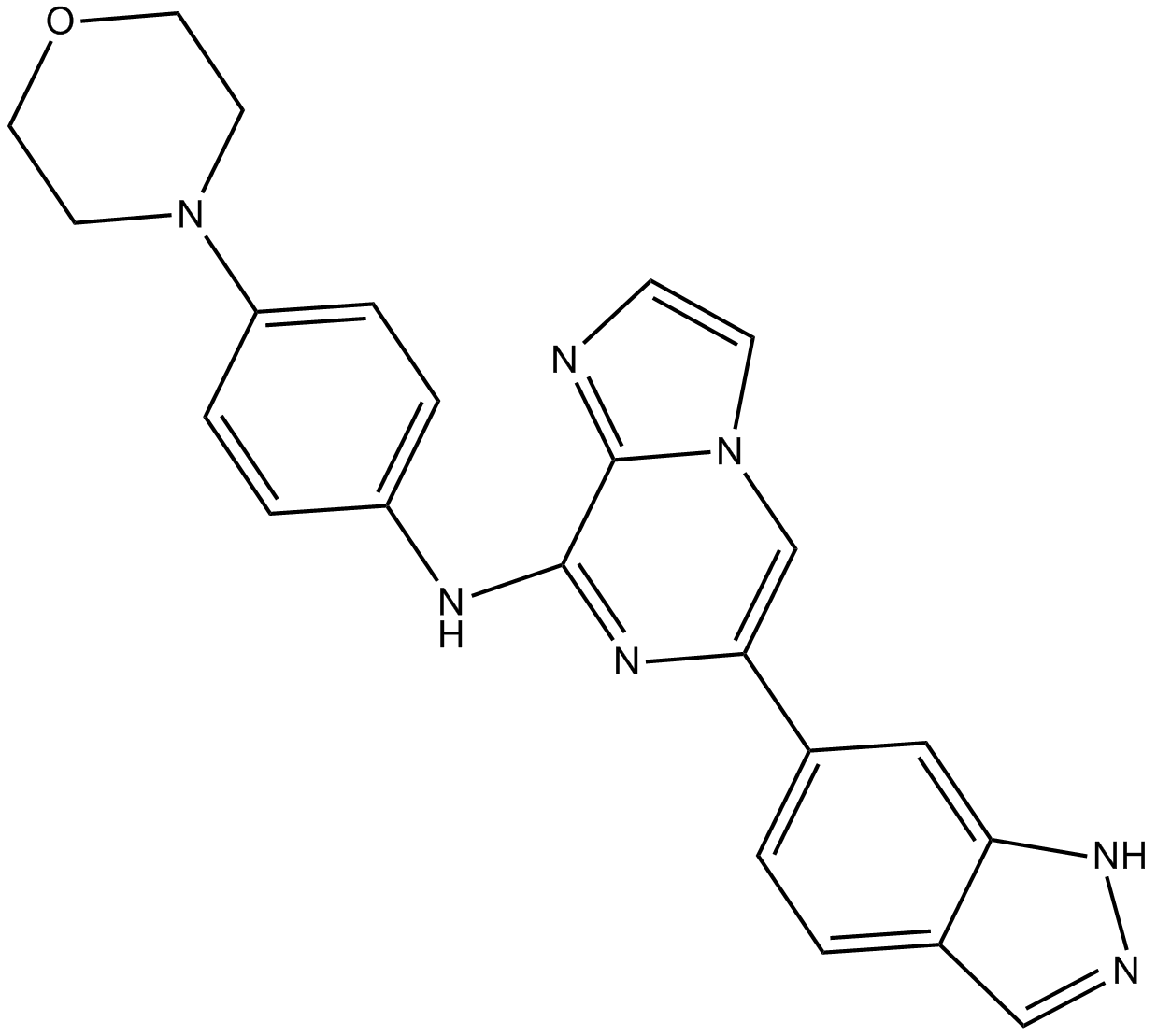 B3553 GS-9973Target: SykSummary: Syk inhibitor, orally bioavailable and selective
B3553 GS-9973Target: SykSummary: Syk inhibitor, orally bioavailable and selective -
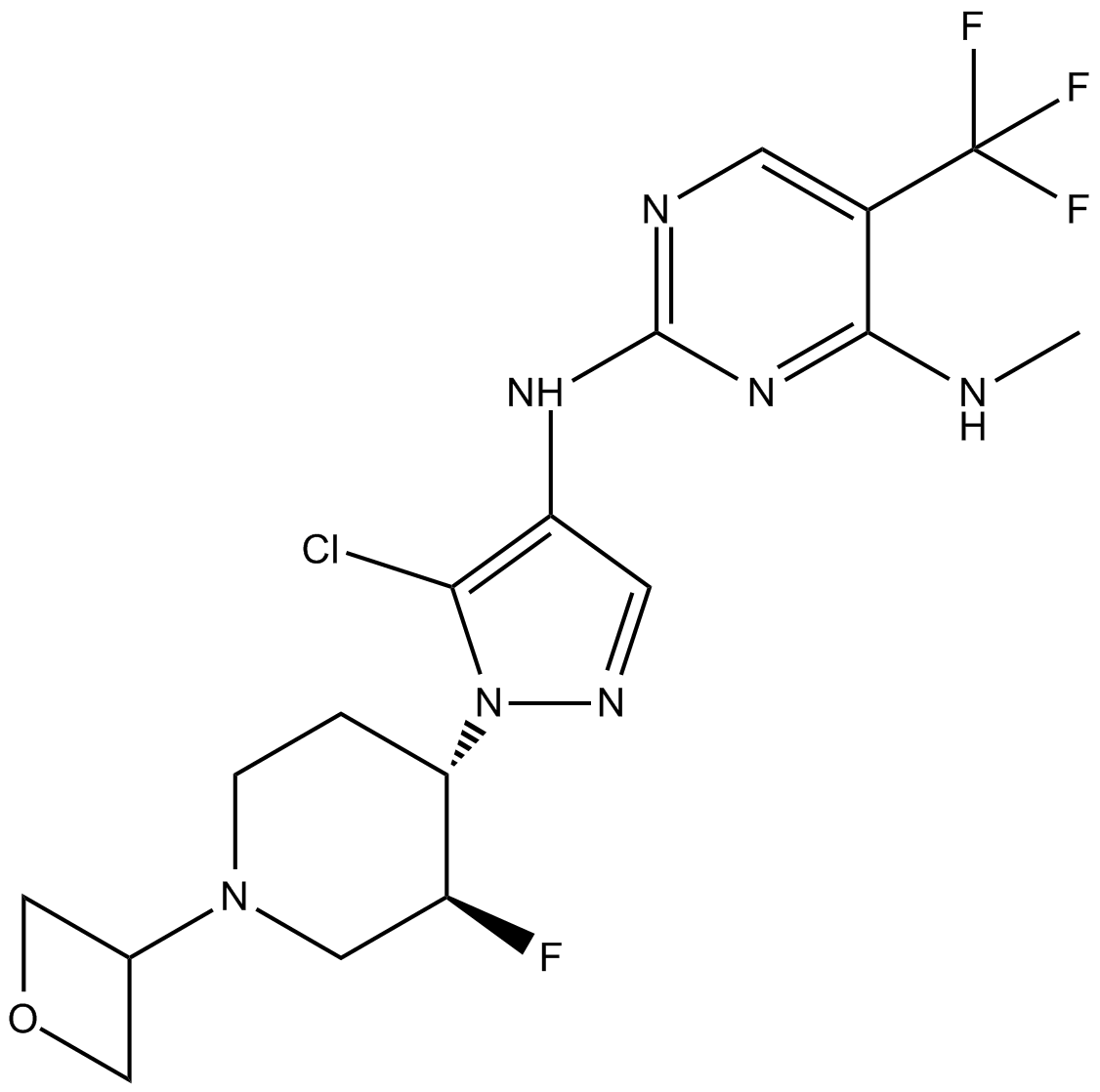 B4761 GNE-9605Summary: LRRK2 inhibitor, brain-penetrant, potent and selective
B4761 GNE-9605Summary: LRRK2 inhibitor, brain-penetrant, potent and selective -
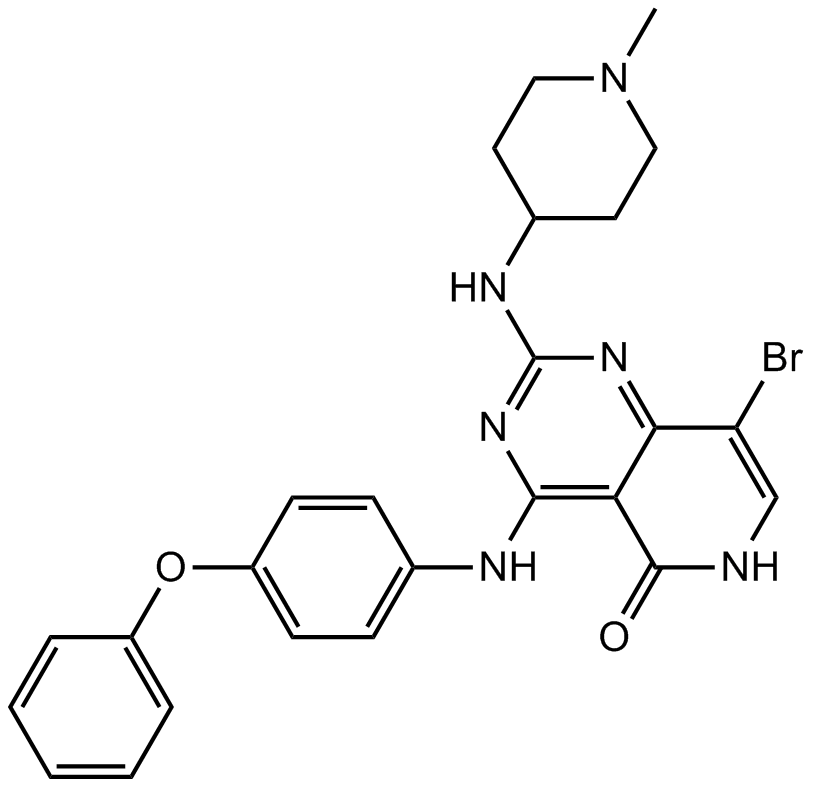 A8889 G-749Target: Aurora Kinases|FLT3|c-RETSummary: FLT3 inhibitor
A8889 G-749Target: Aurora Kinases|FLT3|c-RETSummary: FLT3 inhibitor -
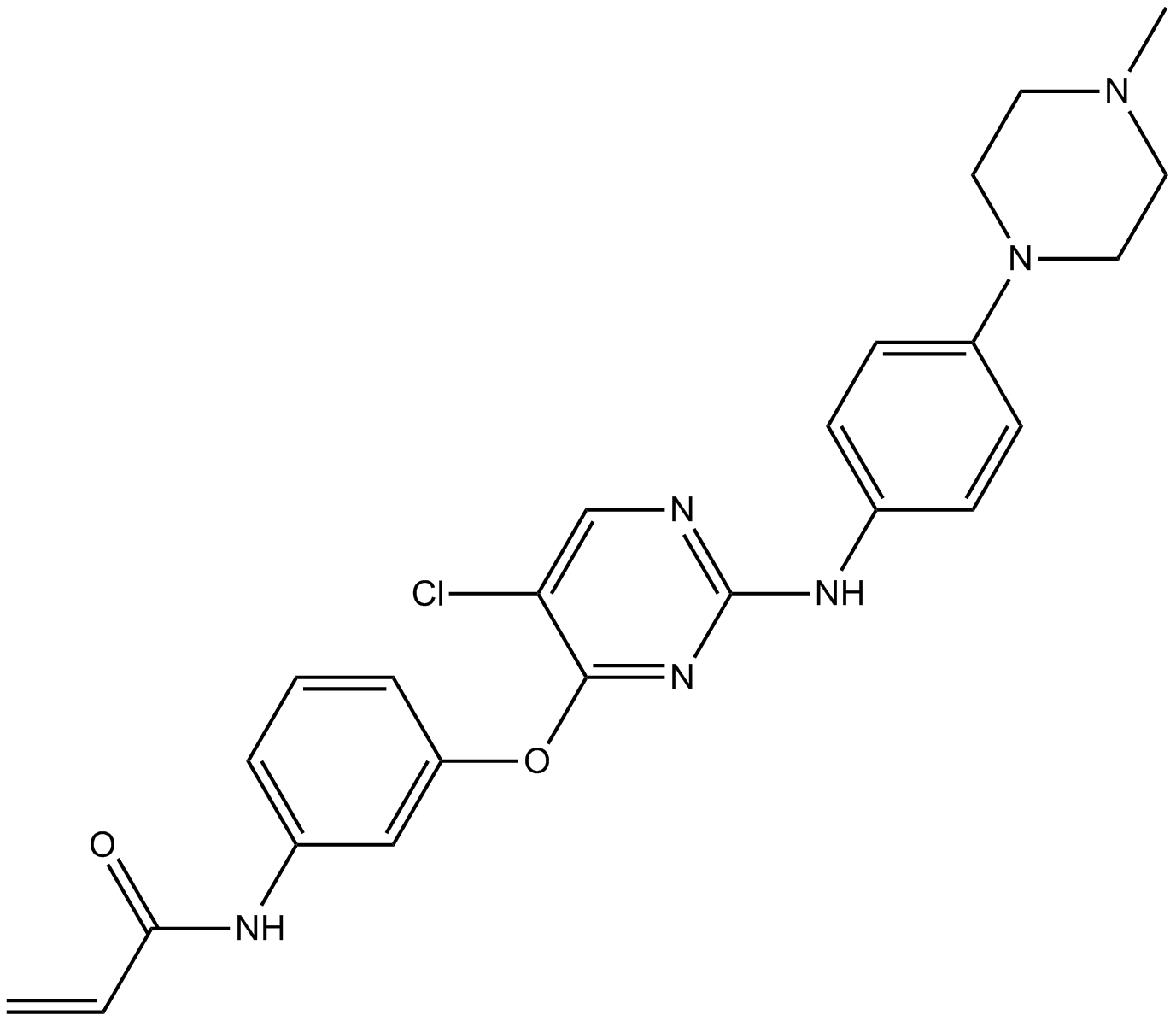 A8881 WZ3146Summary: Mutant EGFR inhibitor, potent and irreversible
A8881 WZ3146Summary: Mutant EGFR inhibitor, potent and irreversible -
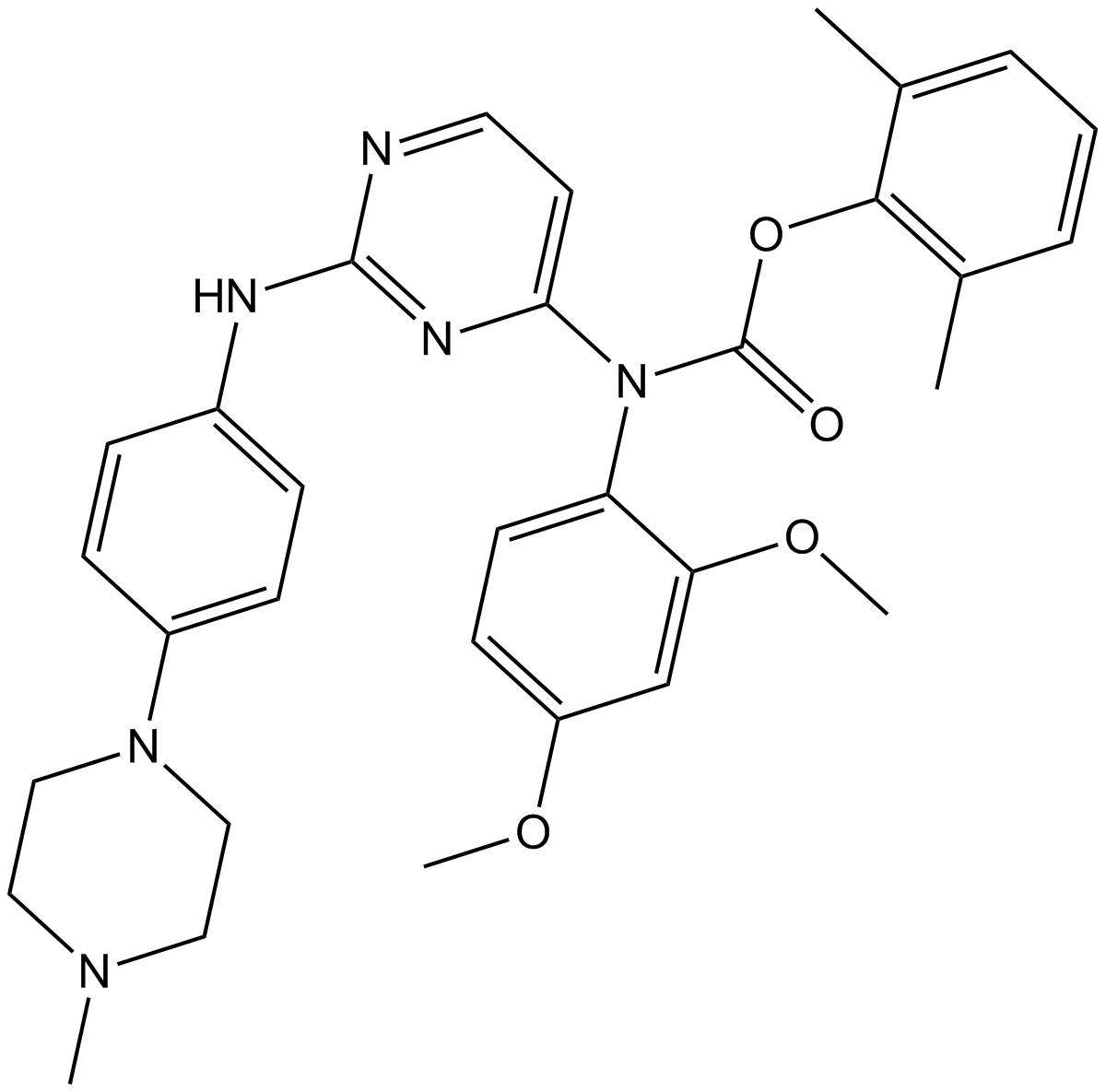 B8003 WH-4-023Summary: Lck/Src inhibitor,potent and selective
B8003 WH-4-023Summary: Lck/Src inhibitor,potent and selective -
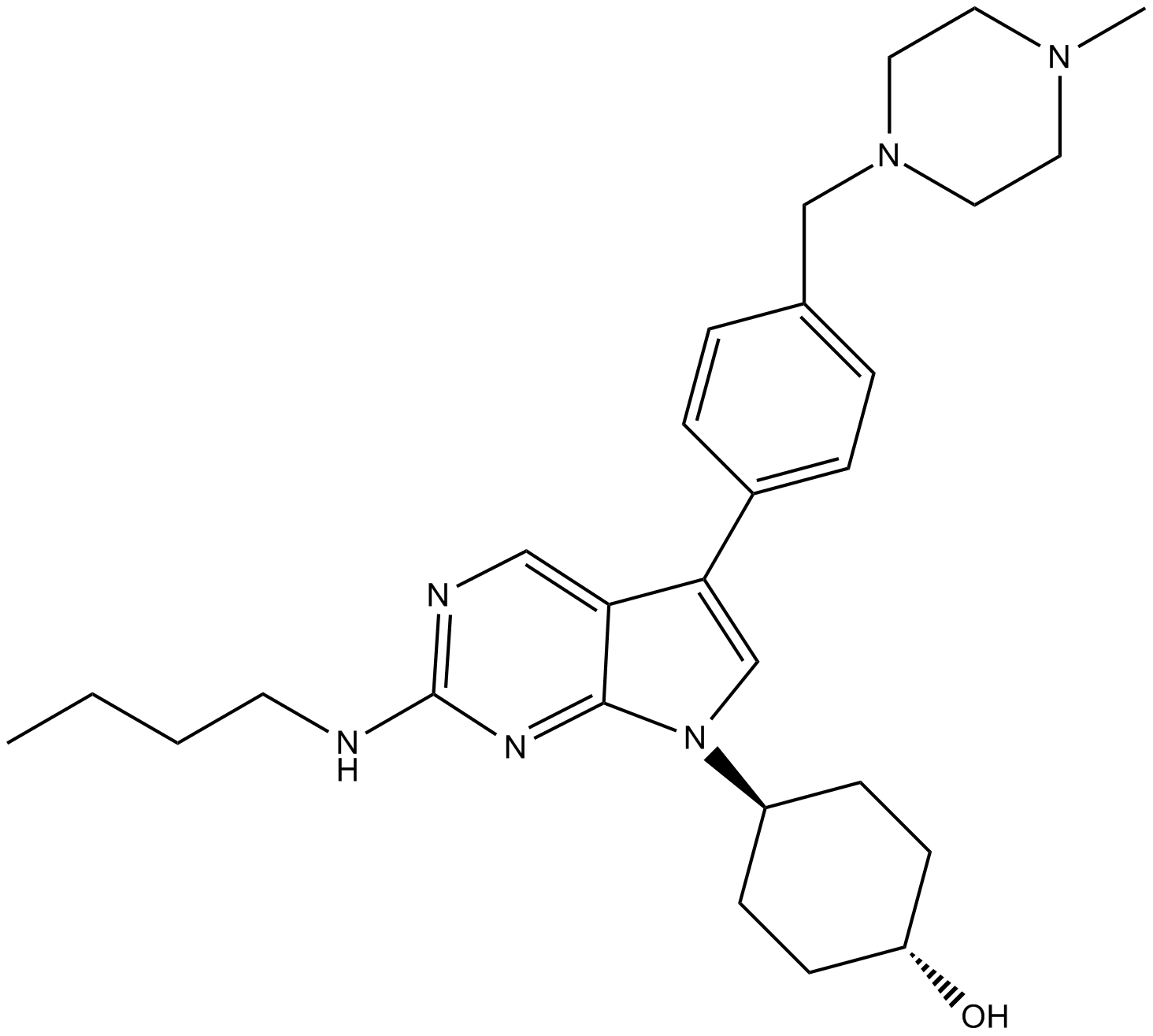 B8016 UNC20251 CitationTarget: MER|FLT3Summary: orally bioavailable dual MER/FLT3 inhibitor
B8016 UNC20251 CitationTarget: MER|FLT3Summary: orally bioavailable dual MER/FLT3 inhibitor -
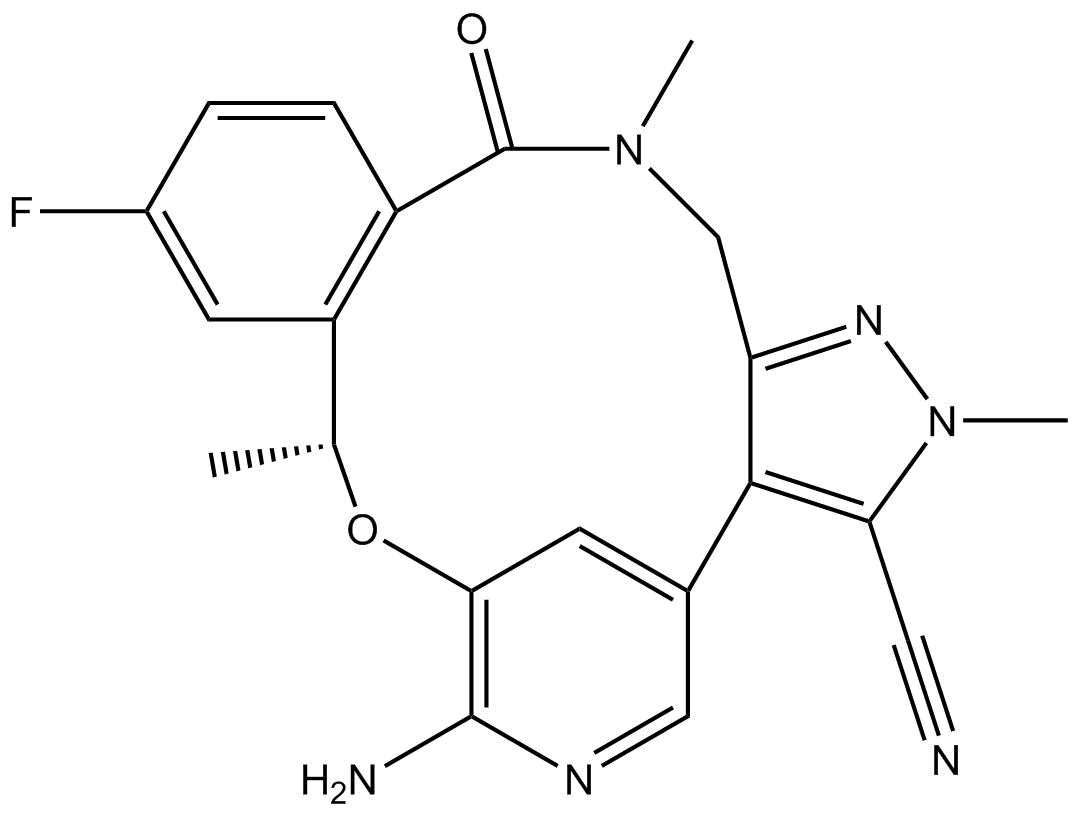 B4882 PF-06463922Target: ALK|ROS1Summary: ALK/ROS1 inhibitor,potent and selective
B4882 PF-06463922Target: ALK|ROS1Summary: ALK/ROS1 inhibitor,potent and selective -
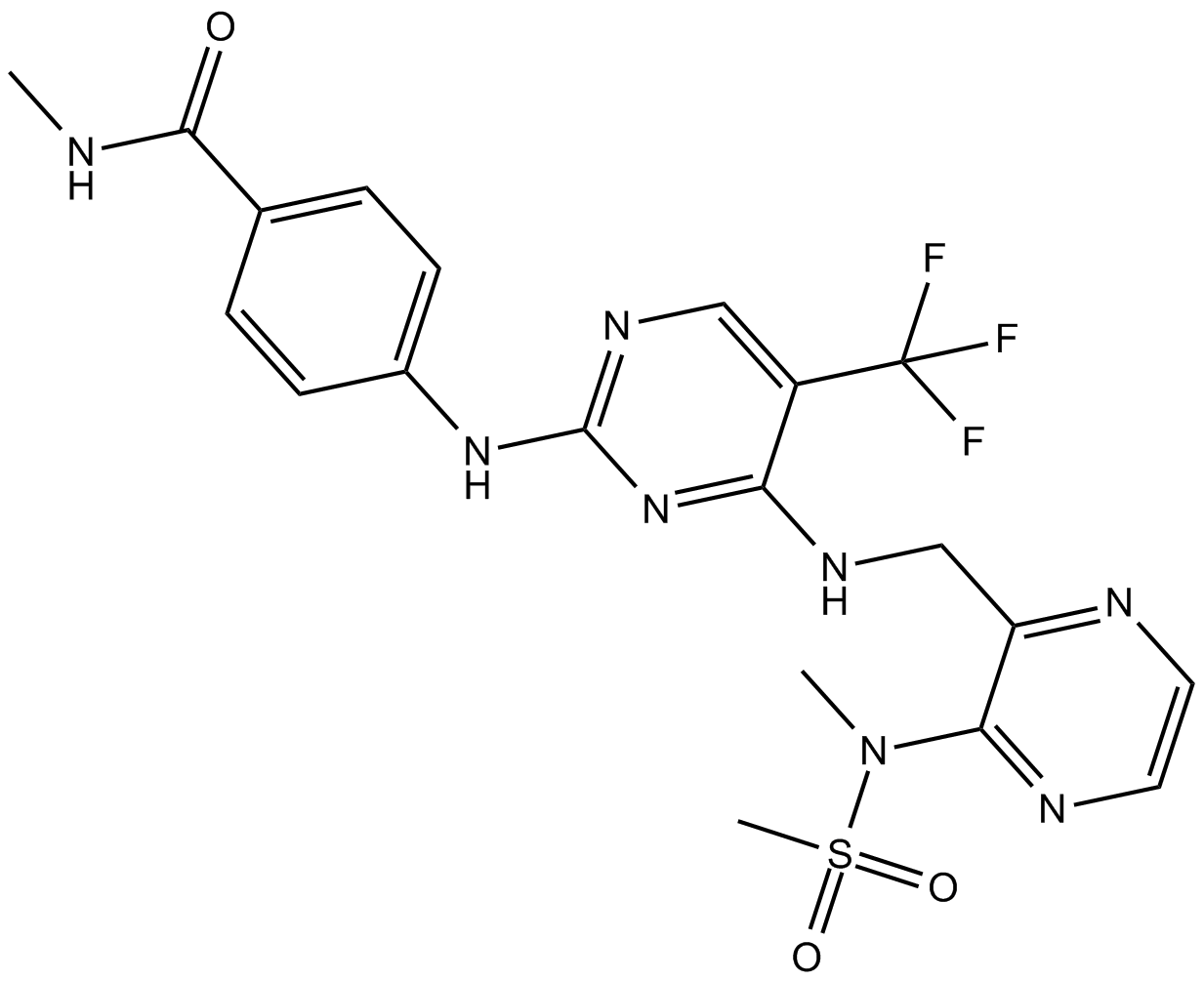 B4800 DefactinibTarget: FAKSummary: FAK phosphorylation inhibitor
B4800 DefactinibTarget: FAKSummary: FAK phosphorylation inhibitor

